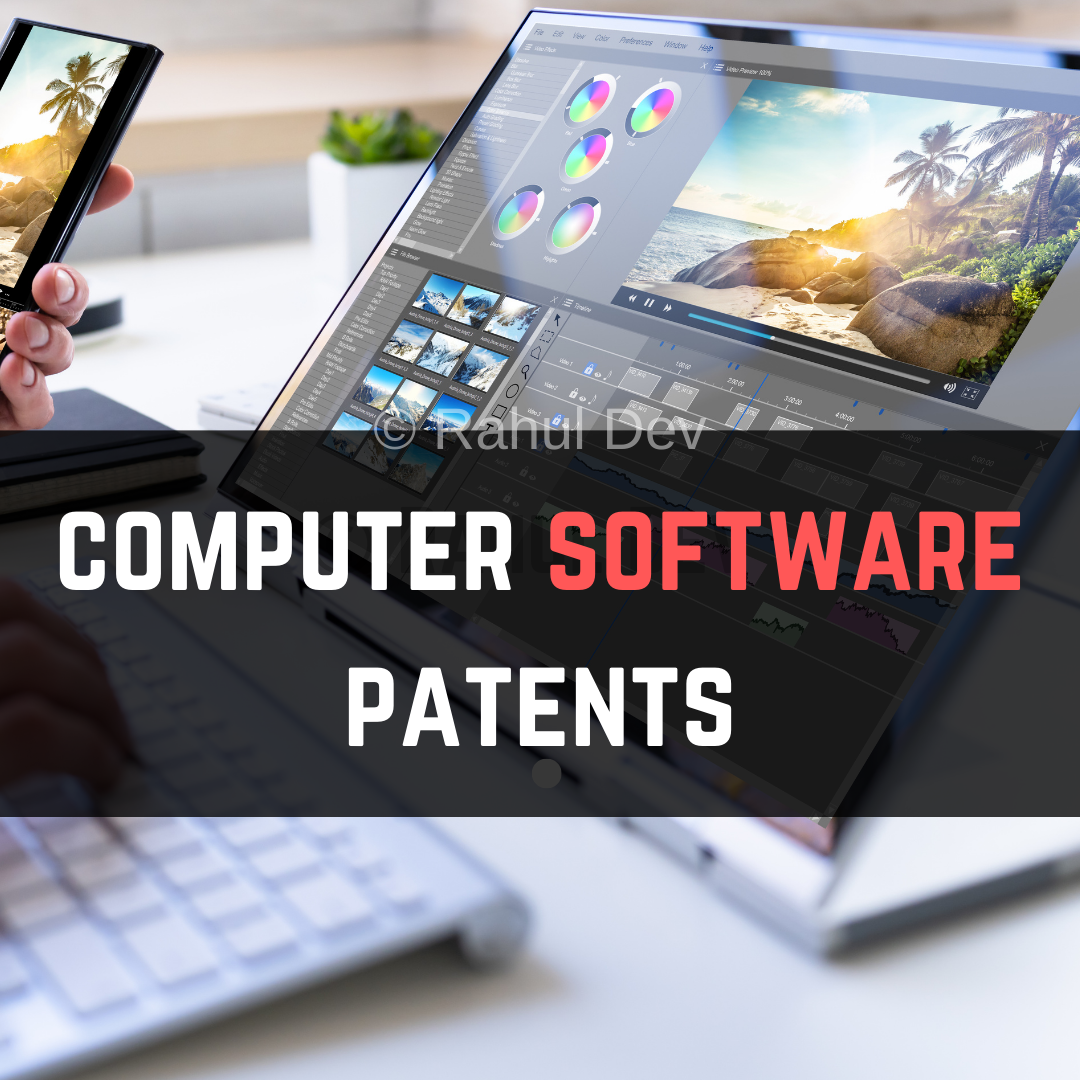
SPAC lawyers assist clients by developing creative business structures for a successful listing during public offering. A SPAC, or special purpose acquisition company provides a quick corporate structure to another firm or another company for easily listing on a stock market. For successful fundraising through SPACs, the SPAC and the target firm often rely on the value of patents and / or intangible assets created through innovation driven business models. Therefore, IP due diligence can play an important role during SPAC driven transactions.

The companies prefer SPAC over traditional IPO route as this option provides better overall valuation to the companies, specifically in case of tech ventures focusing on innovations in the space of autonomous vehicles, biotech and quantum computing. Recently, Grab, southeast Asia’s most valuable startup, decided to go for listing in the U.S. through the largest-ever merger via a SPAC transaction. In simple terms, SPACs help in the opening up of tech markets to retail investors.
A Special Purpose Acquisition Company (SPAC) is an enterprise with no retail processes and is established precisely for raising capital via Initial Public Offering (IPO) for owning an existing enterprise. Also recognized as “Blank Check Companies,” SPACs have survived for decades. Recently, they’ve become more prominent, captivating big-name underwriters and investors and boosting a record amount of IPO wealth in 2019. In 2020, as of the outset of August, more than 50 SPACs have been constructed in the U.S. which have increased nearly $21.5 billion.
SPACs are normally constructed by investors, or sponsors, with mastery in a specific business sector, to seek contracts in that region. In building a SPAC, the creators occasionally have at least one accession goal in mind, but they don’t observe that goal to avert extensive revelations during the IPO process. (This is why they are named “blank check companies.” IPO investors having no understanding of what business they will be capitalizing in.) SPACs pursue underwriters and institutional investors before extending shares to the world.
The wealth SPACs advance in an IPO is credited in an interest-bearing trust account. These accounts cannot be expended except to finalize an accession or to refund the wealth to investors if the SPAC is liquidated. A SPAC normally has two years to finalize a contract or encounter liquidation. In some circumstances, some of the income received from the trust can be utilized as the SPAC’s working equity. After accession, a SPAC is recorded on one of the primary stock exchanges.
Trading to a SPAC can be a desirable alternative for the proprietors of a minor business, which are frequently private equity funds. First, trading to a SPAC can amount to 20% of the exchange price correlated to a normal private equity deal. Being amassed by a SPAC can similarly give business proprietors what is practically a quicker IPO strategy under the direction of a competent partner, with a slight worry about the trends in broader market sentiment.
As correlated to running company IPOs (related to “traditional IPOs”), SPAC IPOs can be extensively faster. SPAC monetary statements in the IPO roster statement are very tight and can be formulated in a matter of weeks (opposed to months for a functioning company). There are no chronological financial outcomes to be published or assets to be interpreted, and business risk aspects are the least. In significance, the IPO registration statement is primarily boilerplate terminology plus the director and officer narratives.
As a consequence, the SEC statements are usually rare and not very cumbersome. From the conclusion to continue with a SPAC IPO, the whole IPO operation can be finalized in as minimum as eight weeks. On the other end, the De-SPAC exchange affects many of the same prerequisites as would be sufficient to an IPO of the target company, encompassing audited financial announcements and other revelation items which may not contrarily be acceptable if the business was obtained by a public operating company.
SPAC IPOs possesses a unique framework for the underwriting bargain. In a conventional IPO, the underwriters generally obtain a bargain of 5%-7% of the total IPO revenue, which they repress from the earnings that are provided at closing. In a SPAC IPO, the normal discount framework is for 2% of the entire revenue to be paid at the close of the IPO, with another 3.5% placed into the trust account and due to the underwriters on the conclusion of the De-SPAC trade. If no De-SPAC trade happens, the deferred 3.5% bargain is never expended to the underwriters and is utilized with the remainder of the trust account balance to restore the general shares.
In a conventional IPO, the sponsor, managers, and officials ratify a lock-up contract for 180 days from the pricing of the IPO. For a SPAC IPO, the particular lock-up drives until one year from the close of the De-SPAC trade, liable to early cessation if the mutual shares exchange above a limited price (usually $12.00 per share) for 20 out of 30 trading days commencing 150 days after the conclusion of the De-SPAC trade.
Read About Patent FIling Guide



